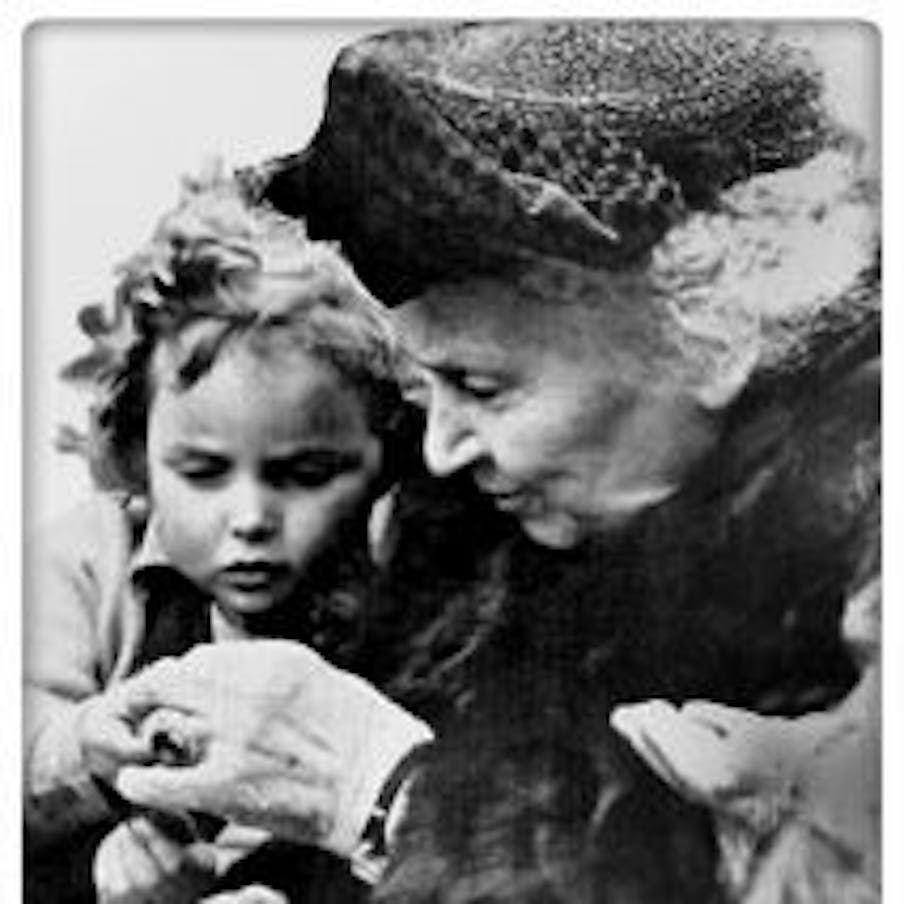Montessori History

Dr. Maria Montessori
Maria Montessori, born in 1870, was the first woman to obtain a medical degree through an Italian University. By 28 years of age, she was engaged in the medical profession assessing the needs of challenged children.
Dr. Montessori went on to design materials and techniques that would permit these children to explore areas that were previously considered beyond their capacity.
Her great moment came when these challenged children took the state examination along with normal children and passed. Dr. Montessori concluded that if mentally challenged children could be brought to the same academic level as normal children, there must be something terribly wrong with the education of normal children.
Dr. Montessori formally began her life’s work with a group of children from Italian slums in 1907 when she opened the now famous Casa Dei Bambini. Though observing and working with the children, she discovered their incredible, almost effortless capability to absorb knowledge from their environment. She observed that children will teach themselves if they are given the opportunity and the proper environment. Dr. Montessori believed that no human being is truly educated by another person. They must do it for themselves or it will never be done. This profound and simple truth inspired her lifelong pursuit of educational reform, curriculum development, methodology, psychology, teaching, and teacher training. A “Montessori” environment cultivates a child’s natural desire to learn.
This honored visionary woman died in 1952. Today, after more than 75 years of international application, the Montessori Method thrives in the United States with over 3,500 schools established since 1957. Montessori philosophy and methods are not limited to the private sector, but are being applied within the public school system and child care programs as well. Dr. Montessori’s focus on the individual child, the peaceful unfolding of the self, and the prepared classroom environment started a revolution in education that continues unabated.
Within a Montessori classroom, inspiring children to learn is approached in many non-traditional ways. Children are allowed to experience the excitement of learning by their own choice rather than by force. Consequently, learning is highly individualized, often with a hands-on approach. Dr. Montessori also believed in a vertical classroom. This allows children in a three-year age span to receive instruction together.

Benefits of a vertical classroom are many. They include the opportunity for younger children to observe and practice behavior and skills modeled by older children. Older children have the opportunity to mentor younger children, therefore crystallizing their learning process.
Knowledge is attained at the child’s pace, not the teacher’s. This promotes the maximization of future learning opportunities. Thus, the Montessori materials have a long-range purpose in addition to their immediate purpose of giving specific information to the child. .
